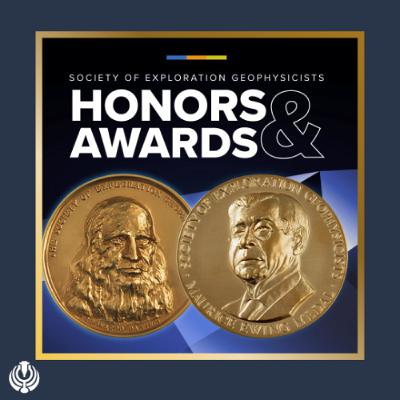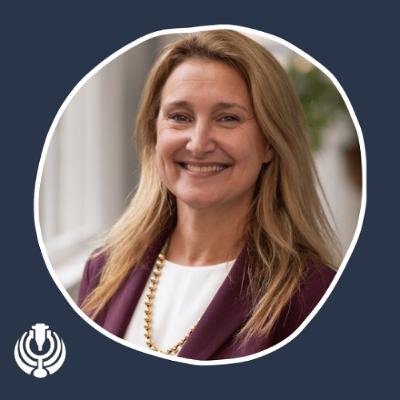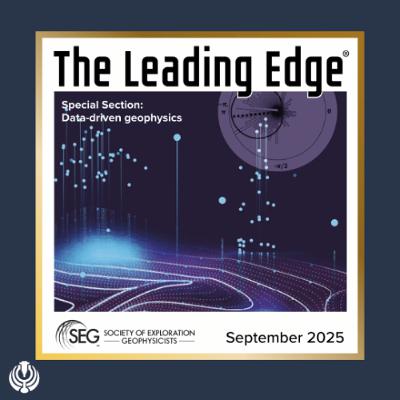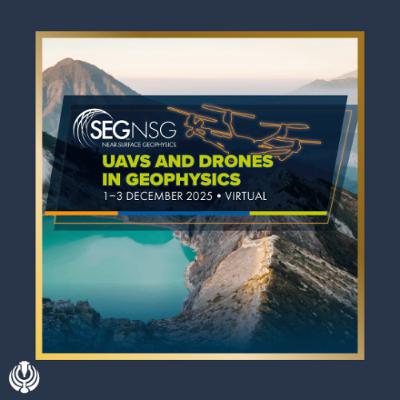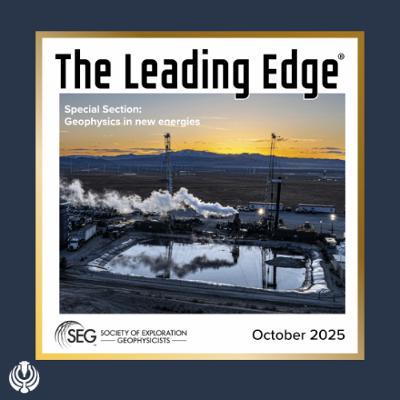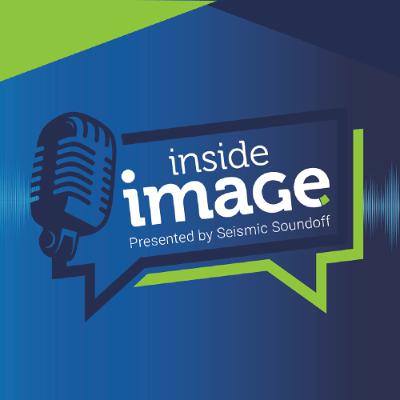227: How Experts Use Data and Technology to Navigate Subsurface Uncertainty
Update: 2024-06-27
Description
"Understanding the problem is sometimes often more important than getting to a solution."
Madhav Vyas and Dr. David Lubo-Robles discuss June's The Leading Edge on subsurface uncertainty.
In this episode, we talk about:
> Methods for assessing uncertainty in seismic workflows
> Significant sources of subsurface uncertainty
> How integrating different data sources can reduce subsurface uncertainty
> The concept of rugosity and its effect on seismic image resolution
> The advantages of using invertible neural networks
> How to better communicate uncertainty to stakeholders and management
> Emerging technologies and methodologies to reduce subsurface uncertainty
In this conversation with host Andrew Geary, Madhav and David explore the complexities of predicting subsurface outcomes and the various sources of uncertainty that geophysicists must address. The discussion highlights how integrating geologic, petrophysical, and geochemical data can help reduce uncertainty and improve decision-making.
The episode also covers the impact of interface rugosity on wave propagation, methods for assessing uncertainty in seismic workflows, and the benefits of using invertible neural networks. Madhav also elaborates on how geophysicists can better communicate uncertainty to stakeholders and suggests looking to other industries, like meteorology, for effective communication strategies.
Listeners will gain insights into the challenges and solutions related to subsurface uncertainty, the importance of critical thinking in geoscience, and the potential of emerging technologies to improve subsurface predictions.
THIS EPISODE SPONSORED BY BLUWARE
Looking for ways to quickly and efficiently access and analyze seismic data on a global scale? Bluware, a CMG company, overcomes the limitations in existing seismic data formats and streamlines data usability into your existing geoscience workflows through a cloud-native data visualization engine. Extract deeper insights from seismic data faster than ever before to make more informed decisions and reduce exploration risk. Learn how Bluware is shaping the future of energy exploration and production at https://bluware.com.
GUEST BIOS
David Lubo-Robles is a Postdoctoral Research Associate at the University of Oklahoma. David is a geophysicist interested in developing and applying innovative tools using machine learning, quantitative seismic interpretation, and seismic attribute analysis for oil and gas, geothermal reservoir characterization, hydrogen storage, and carbon capture, utilization, and storage (CCUS). His paper, "Quantifying the sensitivity of seismic facies classification to seismic attribute selection: An explainable machine-learning study," was awarded Honorable Mention, Best Paper in Interpretation in 2022. David received his MS and PhD in Geophysics at the University of Oklahoma.
Madhav Vyas is an Imaging R&D Adviser and Seismic Technology Principal at BP. He has a BS and MS in Geophysics from the Indian Institute of Technology, Kharagpur, and an MS in Geophysics from Stanford University, where he was part of the Stanford Exploration Project, an industry consortium for seismic imaging research.
LINKS
* Visit https://seg.org/podcasts/episode-227-how-experts-use-data-and-technology-to-navigate-subsurface-uncertainty/ for the complete interview transcript and the links for June's The Leading Edge.
SHOW CREDITS
Andrew Geary at TreasureMint hosted, edited, and produced this episode. The SEG podcast team comprises Jennifer Cobb, Kathy Gamble, and Ally McGinnis.
Transcription and episode summary support provided by Headliner.
If you have episode ideas or feedback for the show or want to sponsor a future episode, email the show at podcast@seg.org.
Madhav Vyas and Dr. David Lubo-Robles discuss June's The Leading Edge on subsurface uncertainty.
In this episode, we talk about:
> Methods for assessing uncertainty in seismic workflows
> Significant sources of subsurface uncertainty
> How integrating different data sources can reduce subsurface uncertainty
> The concept of rugosity and its effect on seismic image resolution
> The advantages of using invertible neural networks
> How to better communicate uncertainty to stakeholders and management
> Emerging technologies and methodologies to reduce subsurface uncertainty
In this conversation with host Andrew Geary, Madhav and David explore the complexities of predicting subsurface outcomes and the various sources of uncertainty that geophysicists must address. The discussion highlights how integrating geologic, petrophysical, and geochemical data can help reduce uncertainty and improve decision-making.
The episode also covers the impact of interface rugosity on wave propagation, methods for assessing uncertainty in seismic workflows, and the benefits of using invertible neural networks. Madhav also elaborates on how geophysicists can better communicate uncertainty to stakeholders and suggests looking to other industries, like meteorology, for effective communication strategies.
Listeners will gain insights into the challenges and solutions related to subsurface uncertainty, the importance of critical thinking in geoscience, and the potential of emerging technologies to improve subsurface predictions.
THIS EPISODE SPONSORED BY BLUWARE
Looking for ways to quickly and efficiently access and analyze seismic data on a global scale? Bluware, a CMG company, overcomes the limitations in existing seismic data formats and streamlines data usability into your existing geoscience workflows through a cloud-native data visualization engine. Extract deeper insights from seismic data faster than ever before to make more informed decisions and reduce exploration risk. Learn how Bluware is shaping the future of energy exploration and production at https://bluware.com.
GUEST BIOS
David Lubo-Robles is a Postdoctoral Research Associate at the University of Oklahoma. David is a geophysicist interested in developing and applying innovative tools using machine learning, quantitative seismic interpretation, and seismic attribute analysis for oil and gas, geothermal reservoir characterization, hydrogen storage, and carbon capture, utilization, and storage (CCUS). His paper, "Quantifying the sensitivity of seismic facies classification to seismic attribute selection: An explainable machine-learning study," was awarded Honorable Mention, Best Paper in Interpretation in 2022. David received his MS and PhD in Geophysics at the University of Oklahoma.
Madhav Vyas is an Imaging R&D Adviser and Seismic Technology Principal at BP. He has a BS and MS in Geophysics from the Indian Institute of Technology, Kharagpur, and an MS in Geophysics from Stanford University, where he was part of the Stanford Exploration Project, an industry consortium for seismic imaging research.
LINKS
* Visit https://seg.org/podcasts/episode-227-how-experts-use-data-and-technology-to-navigate-subsurface-uncertainty/ for the complete interview transcript and the links for June's The Leading Edge.
SHOW CREDITS
Andrew Geary at TreasureMint hosted, edited, and produced this episode. The SEG podcast team comprises Jennifer Cobb, Kathy Gamble, and Ally McGinnis.
Transcription and episode summary support provided by Headliner.
If you have episode ideas or feedback for the show or want to sponsor a future episode, email the show at podcast@seg.org.
Comments
In Channel



